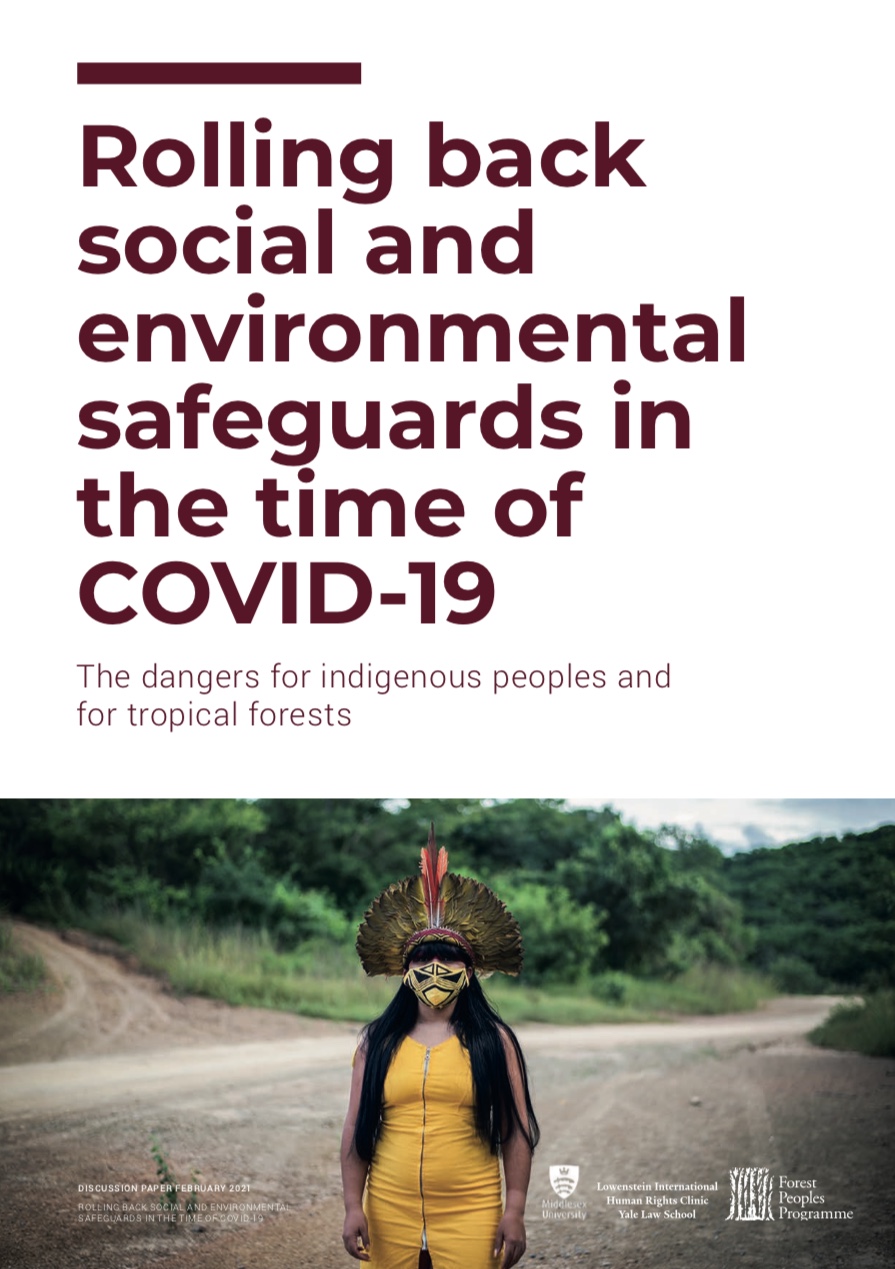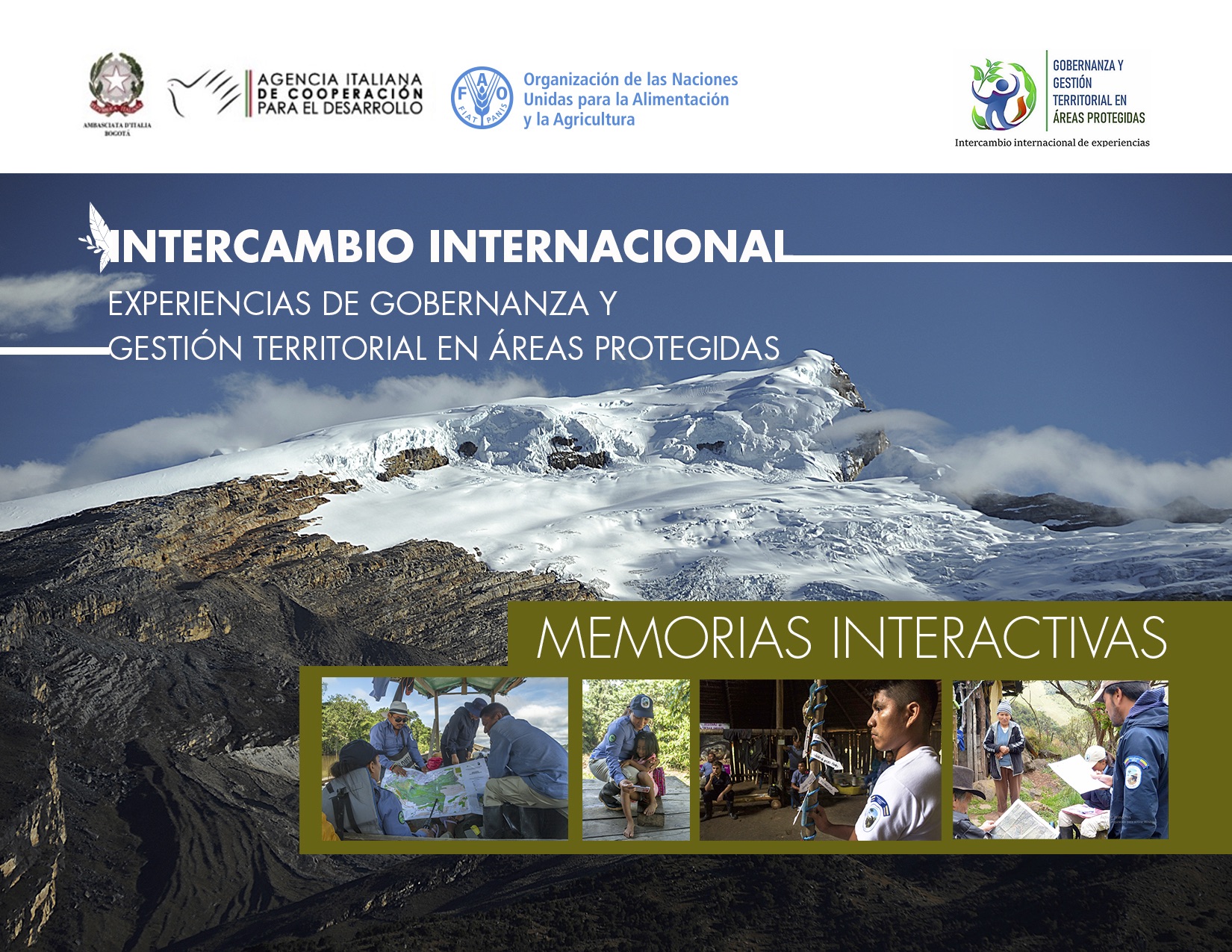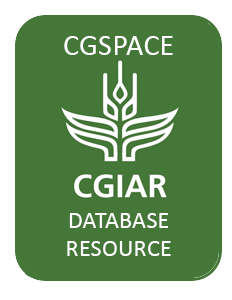Rolling back social and environmental safeguards in the time of COVID-19
This crucial report demonstrates how states and other actors are using the COVID-19 pandemic as an opportunity to roll back social and environmental safeguards. In doing so, they are eroding the rights of indigenous peoples in the five most tropically forested countries of the world
Memorias Interactivas - Intercambio internacional: experiencias de governanza y gestión territorial en áreas protegidas
Con el propósito de compartir conocimientos, logros y retos de diversas experiencias en áreas protegidas (AP) latinoamericanas, se llevó a cabo entre el 27 de julio y el 21 de agosto de 2020, el INTERCAMBIO INTERNACIONAL Experiencias de gobernanza y gestión territorial en Áreas Protegidas.
Interstitial Space and the High Himalayan Dispute between China and India
A border dispute between Indian and Chinese troops, the most dangerous in 45 years, has roiled relations in the High Himalayan valleys and plateaus separating India (Ladakh) and China (Aksia Chin).
Adoption of "How are we doing?" tool by the Peruvian Service for Natural Protected Areas to enable more equitable co-management of 76 protected areas
With PIM/FTA support, CIFOR collaborated with multi-stakeholder fora in Peru and Indonesia to develop a tool that allows participants to reflect on the processes and progress of their fora so that more equitable processes and outcomes may emerge.
Adoption of the "How are we doing?" tool by the Peruvian Service for Natural Protected Areas to enable more equitable co-management of 76 protected areas
With PIM/FTA support, CIFOR collaborated with multi-stakeholder fora in Peru and Indonesia to develop a tool that allows participants to reflect on the processes and progress of their fora so that more equitable processes and outcomes may emerge.
Climate-Smart Agriculture Prioritization Framework (CSA-PF) Report for Guyana.
The CCAFS-CIAT CSA Prioritization Framework (CSA-PF) is a participatory and multi-criteria decision-making process, co-designed as a holistic tool to support information-based CSA investments.
Understanding People−Forest Relationships: A Key Requirement for Appropriate Forest Governance in South Sumatra, Indonesia
Indonesian forestry challenges in attributional land-use conflicts of overlapping villages and state forests have affected community livelihoods and forest sustainability for decades.
Politics and power in territorial planning: insights from two 'Ecological-Economic Zoning' multi-stakeholder processes in the Brazilian Amazon
The use of multi-stakeholder forums (MSFs) in territorial planning has gained global popularity. These MSFs aim to bring diverse actors together to collaboratively and equitably develop a plan that assigns optimal land uses to a territory.
Analysis, Systemization of the Impacts of Planning on the Territory: Applied to the Ordesa National Park
In recent decades, a new paradigm on the rational and careful use of land as a non-renewable resource has arisen. This definition requires new management methods based on the application of the “CLORPT” equation (state factor model) (CL—Climate, O—Organisms:living beings, R—Relief (topography), P—Parent material. T—Time.
COVID-19, Biodiversity and Climate Change: Indigenous Peoples Defining the Path Forward
Indigenous Peoples and local communities manage more than half of the world´s land. These biodiverse ancestral lands are vital to the people who steward them and the planet we all share. But governments only recognize indigenous and community legal ownership of 10 percent of the world´s lands. Secure tenure is essential for safeguarding the existing forests against external forces.








